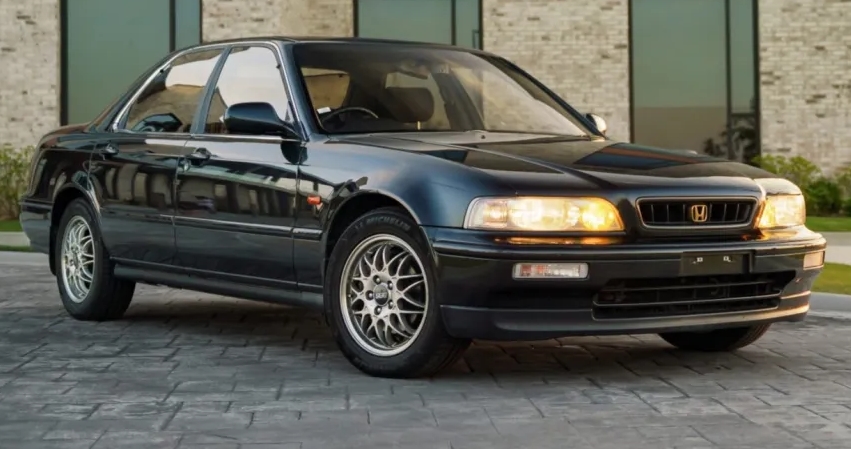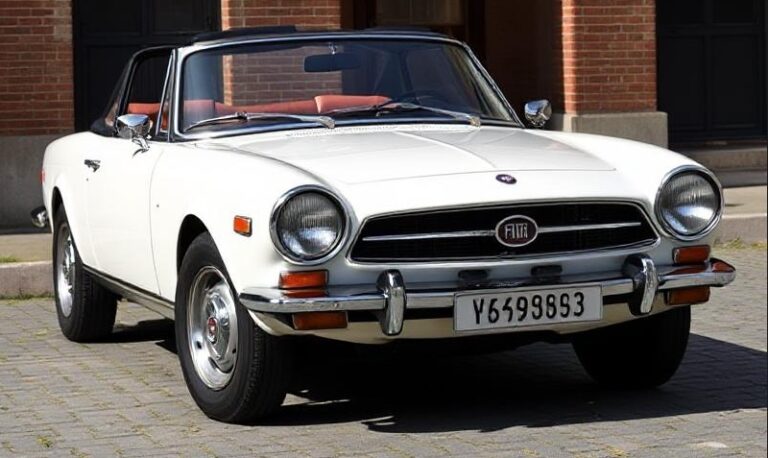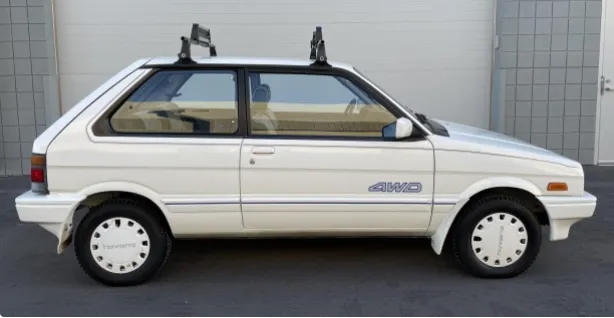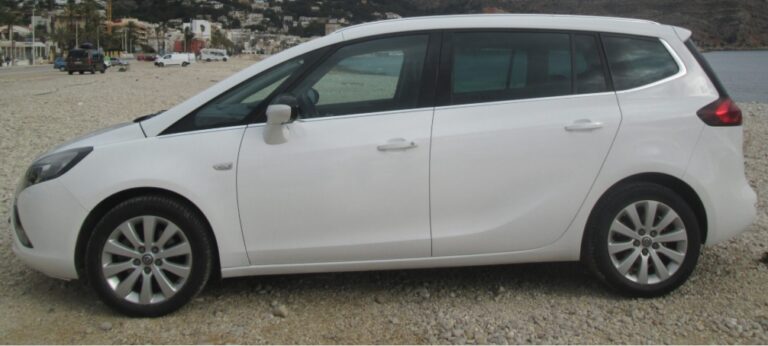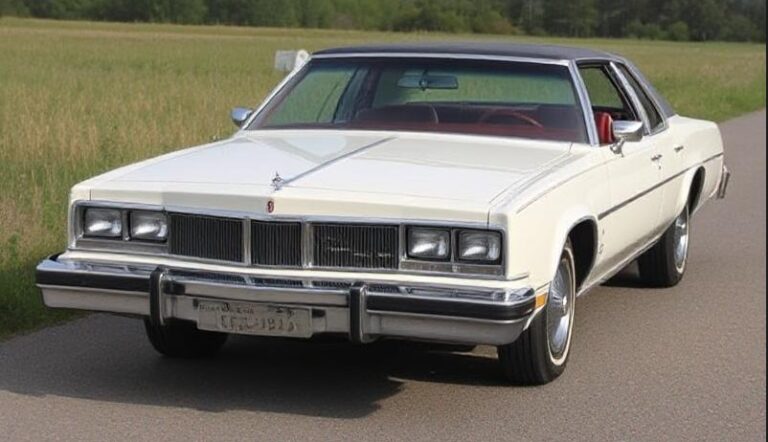The Honda Legend: A Chronicle of Refinement and Executive Ambition
For decades, the automotive landscape has been defined by a silent, yet powerful, struggle for dominance in the executive sedan segment. While German marques often basked in the spotlight, Honda, a company renowned for its engineering prowess and unwavering commitment to refinement, quietly carved out its own niche with a remarkable vehicle: the Honda Legend. More than just a flagship, the Legend represented Honda’s ambitious foray into the premium market, showcasing its ability to blend cutting-edge technology, sophisticated design, and a driving experience that rivaled the best. This article delves into the fascinating evolution of the Honda Legend, tracing its journey through multiple generations, exploring its various models and trim levels, and highlighting its enduring legacy as a testament to Honda’s engineering excellence.
First Generation (1985-1990): The Genesis of a Legend
The story of the Honda Legend begins in 1985, a pivotal moment when Honda decided to challenge the established order in the luxury sedan market. The Legend was conceived as a sophisticated, front-wheel-drive competitor, a departure from the rear-wheel-drive bias prevalent in many luxury cars of the era. This initial generation, codenamed E, was developed in collaboration with British Leyland, a partnership that, while not entirely seamless, provided Honda with valuable insights into Western automotive tastes. The Legend was positioned as a “personal luxury car,” emphasizing comfort, advanced features, and a quiet, refined driving experience.
The first generation Legend was introduced with two distinct body styles: a four-door sedan and a two-door coupe. These were the foundational pillars upon which the Legend’s reputation would be built.
- Models and Trim Levels:
- Honda Legend (KA): This was the primary designation for the first generation.
- Trim Levels: Honda generally offered a tiered approach to its trims, focusing on enhanced comfort and features. While specific names might have varied slightly by market, the core philosophy involved progressively adding more luxury amenities. Common distinctions were often based on engine size and the inclusion of premium features.
- Base Model: Offered the essential luxury experience, with power windows, locks, and air conditioning.
- Higher Trims: Typically included features like leather upholstery, a premium audio system, cruise control, and often, advanced climate control.
The heart of the first-generation Legend was its potent engine. It debuted with a 2.5-liter V6 engine, which was a significant achievement for Honda at the time, showcasing their growing expertise in multi-cylinder engine development. Later in the production run, a larger 2.7-liter V6 was introduced in some markets, offering increased power and torque. The Legend was also notable for its advanced features for the era, such as the Honda Anti-lock Braking System (ABS), which was a pioneering safety technology.
.

.
Second Generation (1991-1995): The Pursuit of Excellence and VTEC Ingenuity
The second generation of the Honda Legend, codenamed EX, marked a significant evolution, both in terms of styling and engineering. Launched in 1991, this generation showcased a more aerodynamic and sculpted design, reflecting the contemporary automotive trends. Honda continued to refine the Legend’s luxury appeal, aiming to compete head-on with established European luxury sedans. A key differentiator for this generation was the introduction of Honda’s revolutionary Variable Valve Timing and Lift Electronic Control (VTEC) technology in the engine, further enhancing performance and efficiency.
The second generation also saw a refinement of the body styles and a clearer delineation of trim levels.
- Models and Trim Levels:
- Honda Legend (KA7/KA8): The KA7 denoted the sedan, while the KA8 specified the coupe.
- Trim Levels: Honda continued its tiered approach, often differentiating trims by engine size, transmission, and feature packages.
- RL: Often considered the entry-level luxury trim, it still offered a generous array of features.
- LS: Represented a step up, incorporating more premium amenities such as heated leather seats and a more advanced sound system.
- GS (Coupe only): This trim often signified a sportier, more driver-focused variant of the coupe, potentially featuring unique interior appointments and performance enhancements.
The engine options for the second generation were impressive. The primary powerplant was a 3.2-liter V6, which, in its VTEC-equipped form, delivered a potent and smooth performance. This engine was a testament to Honda’s engineering prowess, offering a compelling blend of power and responsiveness. The Legend also continued to offer advanced safety features, including driver-side airbags and revised ABS systems, underscoring Honda’s commitment to occupant protection. The interior was a sanctuary of comfort and sophistication, with ergonomic design, high-quality materials, and an emphasis on quietness.
Third Generation (1996-2004): The Global Luxury Flagship and the Shift to Powertrain Innovation
The third generation of the Honda Legend, codenamed YA/YB, which debuted in 1996, solidified its position as Honda’s global flagship sedan. This generation saw a more pronounced international focus, with the Legend being sold under different names in various markets, most notably as the Acura Legend in North America until 1995, and then as the Acura RL. However, in many global markets, including Japan and Europe, it retained the Honda Legend moniker. This generation aimed for a more substantial and commanding presence, with a larger footprint and a bolder design.
The third generation of the Legend was primarily offered as a four-door sedan, reflecting the market’s preference for executive saloons. The coupe variant was discontinued, with Honda focusing its resources on the sedan to compete more directly with established luxury sedans.
- Models and Trim Levels:
- Honda Legend (UA): The primary designation for this generation.
- Trim Levels: Honda continued to offer a well-appointed hierarchy of trims, emphasizing a premium experience.
- Base Model/Standard: Provided a comprehensive suite of luxury features, often including leather, advanced climate control, and a high-quality audio system.
- Premium/Luxury: These trims further elevated the experience with features like a navigation system (evolving with technology), heated and ventilated seats, and more sophisticated interior detailing.
The powertrain for the third generation Legend became a focal point of innovation. It was equipped with a powerful 3.5-liter V6 engine, which continued to benefit from VTEC technology. This engine delivered exceptional performance and refinement, ensuring the Legend could hold its own against its formidable competitors. A significant technological advancement introduced in this generation was the VTM-4 (Variable Torque Management 4-Wheel Drive) system, a sophisticated all-wheel-drive system that could proactively distribute torque to optimize traction and handling in various conditions. This was a groundbreaking feature for Honda and further enhanced the Legend’s appeal as a sophisticated and capable luxury vehicle. Safety remained a priority, with the Legend equipped with advanced airbags, ABS, and electronic stability control systems. The interior was a showcase of Honda’s commitment to luxury and ergonomics, with a focus on premium materials, intuitive controls, and a serene cabin environment.
Fourth Generation (2005-2012): The Pinnacle of Honda Engineering and the Acura Reinvention
The fourth and final generation of the Honda Legend, codenamed KB, arrived in 2005. This generation represented the pinnacle of Honda’s engineering ambitions for its flagship. In most international markets, this generation was exclusively sold under the Acura brand as the Acura RL. However, in Japan and select other regions, it continued to be sold as the Honda Legend. This generation took a bold step forward with the introduction of an advanced Super Handling All-Wheel Drive (SH-AWD) system, further enhancing its performance and driving dynamics.
This generation was exclusively a four-door sedan, solidifying its position as a dedicated executive luxury vehicle.
- Models and Trim Levels:
- Honda Legend (KB): The designation for the final generation sold as a Honda.
- Acura RL (KB): The North American and global designation.
- Trim Levels: Honda (and Acura) maintained a focus on delivering a premium experience, often with a single, highly-equipped trim level that included almost all available features.
- Base/Standard (RL): This level was exceptionally well-appointed, featuring leather interior, advanced navigation, premium audio system (often Bose), heated and ventilated seats, sunroof, and a comprehensive suite of safety features.
- Technology Package: Often, specific features were bundled into a “Technology Package,” which might include advanced driver-assistance systems (like adaptive cruise control and collision mitigation braking) and enhanced infotainment.
The powertrain of the fourth-generation Legend was a testament to Honda’s engineering prowess. It featured a potent 3.5-liter V6 engine (or a 3.7-liter V6 in some Acura RL variants) that delivered smooth and robust performance. The star of the show, however, was the revolutionary Super Handling All-Wheel Drive (SH-AWD) system. This advanced AWD system intelligently distributed torque not only between the front and rear wheels but also between the left and right rear wheels, actively enhancing cornering stability and agility. This system was a game-changer, providing a level of handling and confidence that few competitors could match, especially for a car in its class. The interior was a masterpiece of modern luxury, with exquisite craftsmanship, premium materials, and a driver-centric cockpit. Advanced technology was seamlessly integrated, including sophisticated navigation systems, an array of safety features like adaptive cruise control and advanced airbag systems, and a focus on creating a quiet and refined cabin environment.
The Legacy of the Honda Legend
The Honda Legend, in its various iterations, left an indelible mark on the automotive industry. It was more than just a car; it was a statement of Honda’s ambition to compete at the highest echelons of automotive luxury and performance. While it may not have achieved the same sales volume as some of its European rivals, the Legend earned a devoted following for its impeccable engineering, unwavering reliability, and a driving experience that consistently punched above its weight class.
The Legend was a proving ground for Honda’s most advanced technologies, from early ABS and VTEC to sophisticated AWD systems. It showcased Honda’s ability to create cars that were not only luxurious and comfortable but also engaging and rewarding to drive. The Legend demonstrated that Honda could produce an executive sedan that stood shoulder-to-shoulder with the best, offering a unique blend of refinement, innovation, and a distinctively Japanese approach to automotive excellence.
Although the Honda Legend nameplate eventually faded into history, its spirit lives on in Honda’s current lineup of premium vehicles. The lessons learned and the technologies pioneered during the Legend’s production run have undoubtedly influenced the development of every Honda and Acura model that followed. The Legend remains a symbol of Honda’s engineering prowess and its enduring commitment to pushing the boundaries of automotive innovation, a true testament to its name – a Legend in its own right.
